Terrapin Watch was established in 2020. Interested in helping? If you’ve seen any terrapins, you can fill out our terrapin survey today!
Terrapin Watch
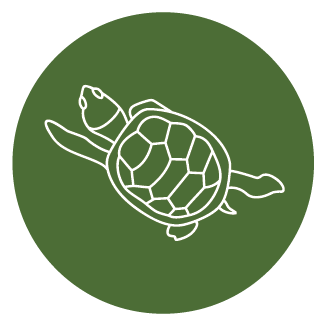

Terrapin Watch was established in 2020. Interested in helping? If you’ve seen any terrapins, you can fill out our terrapin survey today!
Other Opportunities Additional Community Science Opportunities Community Science LI 2021 Seatuck and our partners at Long Island Sound Study, New York Sea Grant, South Shore Estuary Reserve, and Peconic Estuary Partnership would like to announce an exciting new educational monthly webinar series titled, Community Science LI. Community
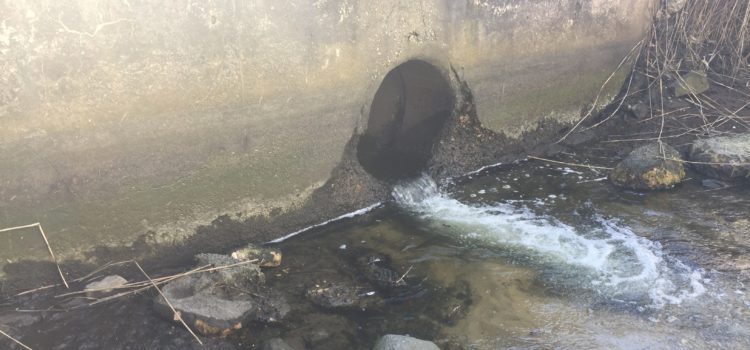
In addition to our work at Penataquit Creek, Bellmore Creek and West Brook, Seatuck has been involved in connectivity and restoration efforts across Long Island over the past decade as part of the River Revival Project. The following are some examples highlight the extent of this work.
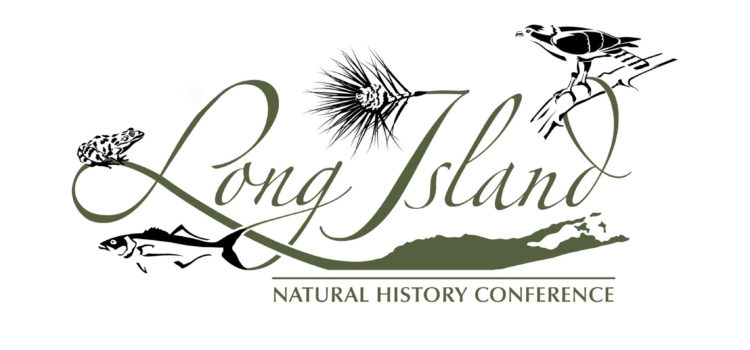
The 2024 LINHC will be held on Friday, April 12 from 9 am to 4 pm and on Saturday, April 12 from 9 am to 4 pm at Brookhaven National Lab located in Upton, NY. Public registrations opens on February 6th
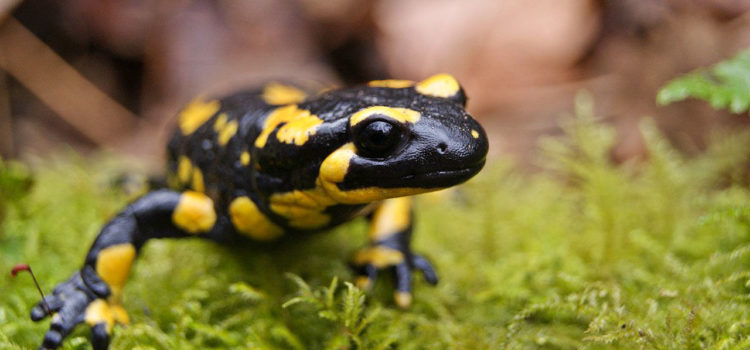
Seatuck’s Vernal Pool Project, launched in 2020, seeks to inventory, restore and protect ecologically valuable vernal pool habitat across Long Island. These unique places are essential to a wonderful assemblage of wildlife, including many of our region’s frogs and salamanders (and fairy shrimp!).
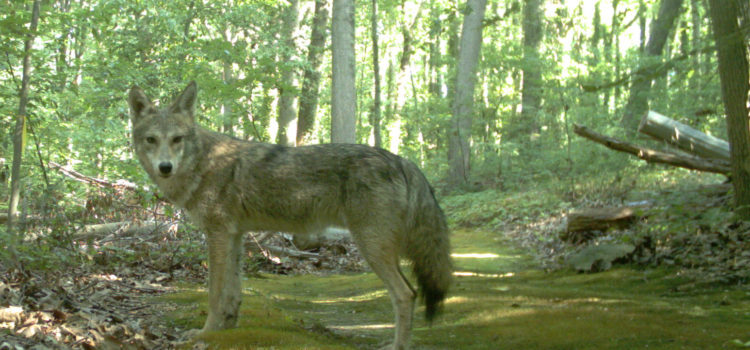
Coyotes Coyotes on Long Island: Background The following videos, from presentations made by Gotham Coyote founders Mark Weckel and Chris Nagy at the 2015 Long Island Natural History Conference, (while already slightly outdated) provide excellent background about how coyotes arrived in our
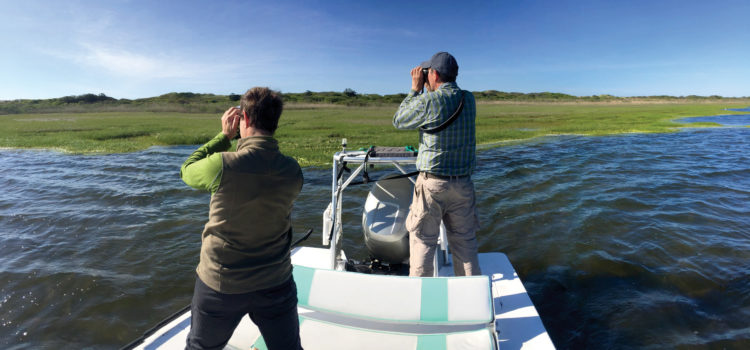
Good conservation begins with good science. A thorough understanding of both historical and existing ecological conditions is essential to ensuring that decisions regarding conservation policy initiatives and land management are effective and successful.
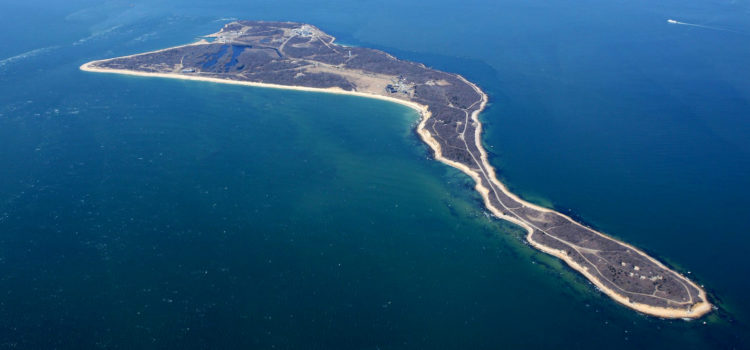
Plum Island, an 843-acre, federally-owned island off the tip of Long Island’s North Fork, has been proposed for sale by the federal government. In addition to historical importance, Plum Island has great ecological and environmental significance. It contains the largest seal haul-out site in southern New England and provides habitat to 216 migratory, overwintering, and breeding birds (one-fourth the North American total of avifauna).
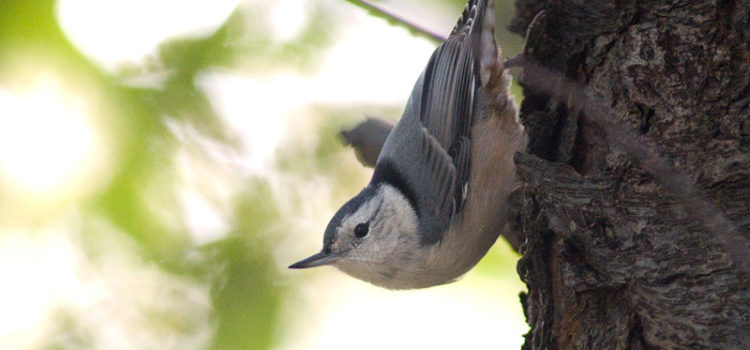
Seatuck works across Long Island on a variety of wildlife issues, employing a multi-pronged approach to advancing conservation. We advocate for wildlife, advance restoration projects, conduct surveys, educate public officials, host workshops, lead coalitions and pursue a host of other approaches to promote wildlife conservation and habitat restoration.
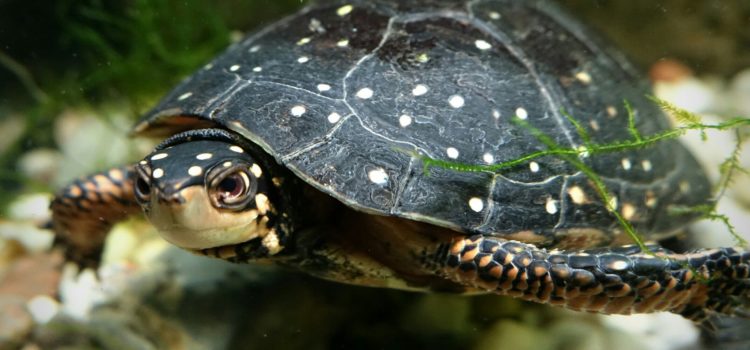
The Spotted Turtle (Clemmys guttata) is a small, secretive, semi-aquatic species that is found in a wide variety of shallow wetland habitats and their adjacent upland areas. It was once considered the most common turtle in New York State and the New York City region.